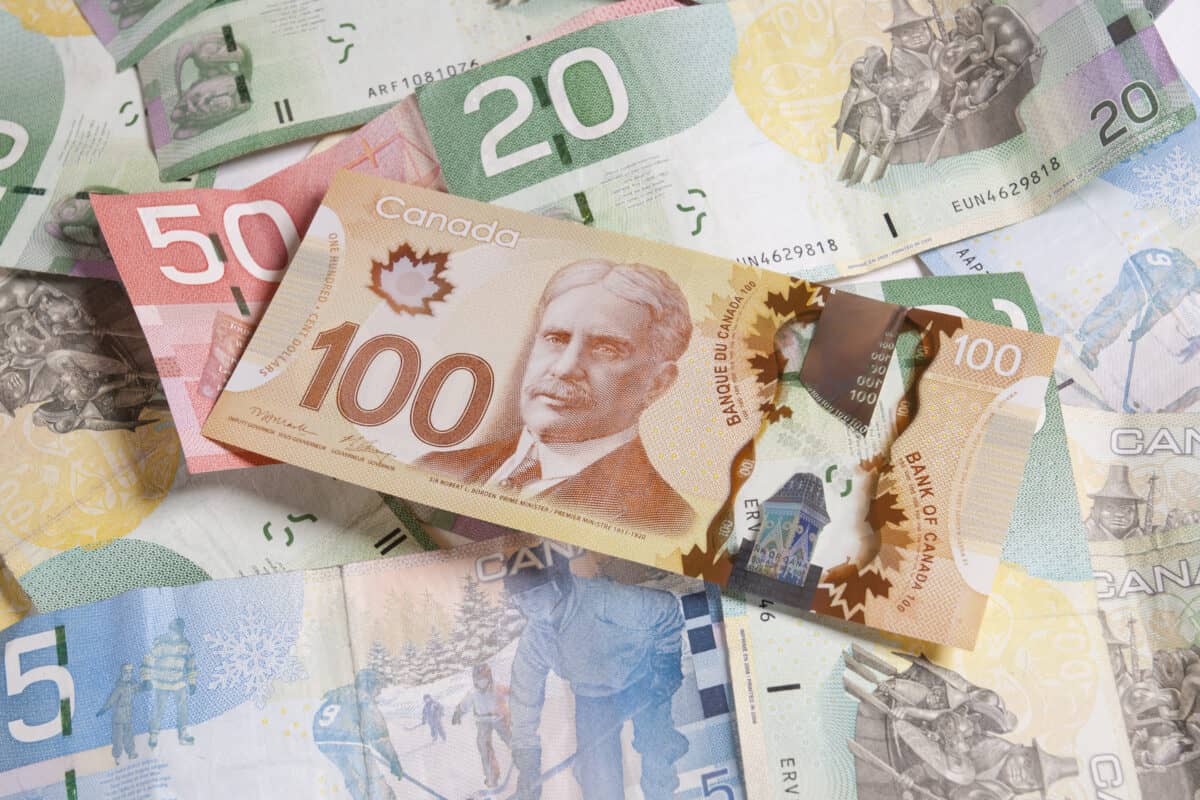When you look at high-paying dividend stocks, ask yourself, is this stock worth a buy? While high yields may look appealing, they come with a certain degree of risk, and you should weigh the risks and rewards. To give you an idea, we will analyze three high-paying dividend stocks for their risks and future growth potential to identify if they are worth buying.
Algonquin Power & Utilities
Algonquin Power & Utilities (TSX:AQN) stock fell 22% in early August as the company announced the sale of its renewable energy business for $2.5 billion. That will make the company Algonquin Utilities, although it has not yet considered a name change. But this sale will remove 16% of revenue. With the sale, the utility also reduced its dividend per share by 40%, a second dividend cut in two years.
And the company’s debt remains pretty high at $7.47 billion compared to its $5.1 billion market capitalization. Add to it the falling net income. The company is negotiating an increase in the rate of its utility services — electricity, gas, and water. However, it needs more time to control costs. With a debt so high and two consecutive dividend cuts, a change in the management, and no growth in sight except an increase in utility rates, the company is struggling to survive.
Such dividend stocks you should avoid even if the dividend yield is 5.41%.
Timbercreek Financial
Timbercreek Financial (TSX:TF) stock fell a sharp 10% in early November as its third-quarter earnings failed to show the desired recovery in new loans. After reaching its peak of the loan portfolio and yield in December 2023, the short-term mortgage lender saw an increase in loan repayments and a slowdown in new loan activity.
While the slowdown was expected, the recent rate cuts by the Bank of Canada raised hopes of a recovery in loan activity in the second half. However, Timbercreek Financial’s third-quarter credit utilization remained low at 79.7%. This reduced its net investment income by 16% year over year to $25.4 million. Its dividend payout increased significantly to 95.3% of distributable income, raising caution.
However, there is hope for a recovery in loan volumes as real estate activity picks up. This growth may take some time as the market absorbs the rate cuts. Many borrowers might be waiting for more rate cuts to take loans.
Although Timbercreek Financial’s net income kept falling, it has growth potential. Hence, it is a good stock to buy the dip and lock in a 9% yield. The company has regularly paid dividends since 2016. Although the company has no dividend history of the financial crisis, it maintained its dividends during the pandemic crisis. That could be a reason to take the risk and buy the dip. A reward of 9% yield can make for the risk of a dividend cut, if any.
BCE’s 10.5% dividend yield
BCE (TSX:BCE) stock slipped 15% in November after the company reported a net loss of $1.19 billion due to a one-time impairment charge that is a part of its restructuring. Moreover, the telco paused dividend growth. The stock was already trading near its 10-year low over fears of a dividend growth pause. Another 15% cut is because the company reduced its 2024 revenue guidance to a 1.5% decline from the previous guidance of 0-4% growth.
BCE’s net debt levels have surpassed its target level of 2.0-2.5 times its adjusted EBITDA (earnings before interest, taxes, depreciation, and amortization) and stand at 3.7 times. Moreover, its dividend-payout ratio was above 100% for two consecutive years. It has shifted its focus on reducing its leverage to target levels before resuming dividend growth. It could take a year or two for restructuring to deliver the desired results.
Nevertheless, BCE is a stock to buy amidst its difficulty as the company has a strong market share, updated 5G infrastructure that will unleash more growth opportunities and a 15-year history of growing dividends. Moreover, falling interest rates could allow BCE to reduce interest expenses and improve its profit.
You can consider buying BCE at this dip and lock in a 10.5% dividend yield.








